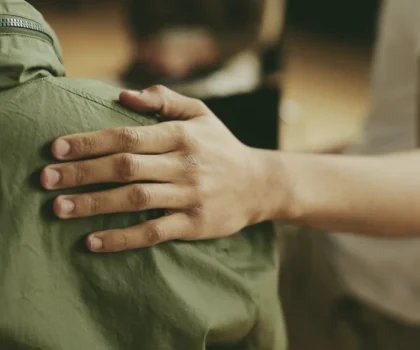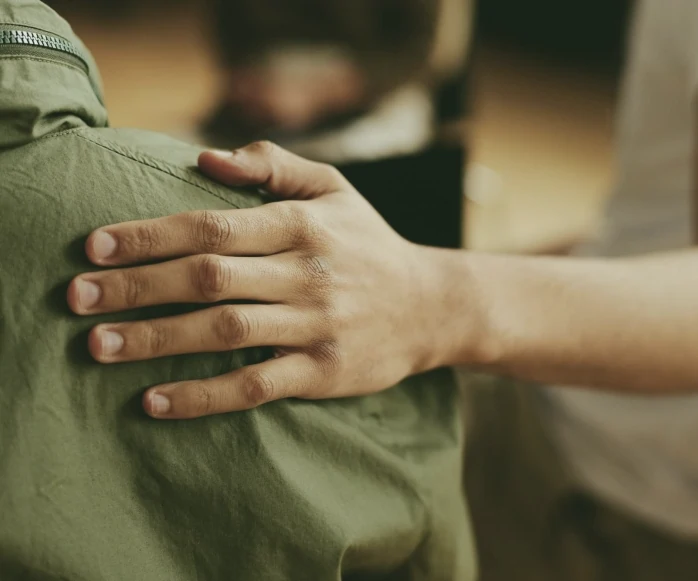
The myth says that since your body processes alcohol at about a rate of one drink an hour, if you pace yourself you won’t get too drunk to drive. Whether it’s the idea you can trick breathalyzers or the suggestion that caffeine sobers you up, let’s debunk some of these misconceptions so we can actually enjoy our drinks. This is an easy assumption to make if you’re observing the often less-than-wise behavior that can result from knocking back a few too many. But an average night of drinking won’t lead to any long-term brain damage. Instead, caffeine masks the sedative effects of alcohol that often cue people to stop drinking. As a result, people are tricked into thinking they have more energy than they actually do.

Drinking water helps you lose weight
Genetics and family history can greatly influence one’s susceptibility to developing an addiction. Environmental factors like stress or trauma also play a significant role. We couldn’t find any formal studies on the subject, but shows like Mythbusters and Manswers have tackled the topic before. Both found that these strategies don’t work, and you can’t trick a breathalyzer. Furthermore, police officers search inside your mouth to make sure you’re not holding something there that will mess with the test. Plus, if an officer still suspects you’re drunk but the breathalyzer isn’t working, they can take you into the police station to test your BAC with a blood sample.

popular myths about drinking water that are not true

If you are intoxicated, the only thing you can really do is hydrate yourself and wait it out. While a person may prefer one type of drink over another, once alcohol reaches your bloodstream there’s no difference. Drinking impairs your judgment, which increases the likelihood that you will do something you’ll later regret. It increases the chance that you will cause harm to others and/or not be aware of potential dangers around you. Critical decision-making abilities are already diminished long before a person shows physical signs of intoxication. Each of the below myths represents a popular belief about alcohol use in our society.

You only drink water when you feel thirsty
Nothing can speed up this process—not even coffee or cold showers. It’s not just about enjoying a cold one with friends or having an occasional drink at a party – oh no! Alcoholism, also known as alcohol use disorder (AUD), is when someone has an unhealthy relationship with alcohol and becomes dependent on it. Drinking too much of any alcohol too quickly can make you sick, whether it’s wine, beer, or liquor. The reigning myths about alcoholism belief is that beer is a “softer” drink that can’t cause drunkenness as quickly as, say, shots of vodka. Switching to hard liquor after a few beers can make the feeling come on too fast, usually resulting in vomit (or so the myth goes).

We strive to create content that is clear, concise, and easy to understand. By Buddy TBuddy T is a writer and founding member of the Online Al-Anon Outreach Committee with decades of experience writing about alcoholism. Because he is a member of a support group that stresses the importance of anonymity at the public level, he does not use his photograph or his real name on this website. Alcohol use disorder is a medical condition that cannot be overcome with willpower alone.
If you or someone you love is drinking daily for pain relief, you’ll also likely build up a tolerance, needing more to achieve the same pain-relieving effects. In addition, mixing alcohol and painkillers is downright dangerous, with possibly fatal consequences. However, the amount of alcohol you’ll need to drink to relieve chronic pain is likely more than the recommended guidelines for safe alcohol consumption. So if you have chronic pain, it’s best to put down that drink. A 2019 study of alcohol use in England found that people in professional managerial jobs had more occasions to drink than manual workers, casual workers, and unemployed people. Homeownership was also a strong predictor of alcohol consumption, according to the study.
- GUIDE’s Save Brains campaign provides information about the adolescent brain, its maturation process and the negative and irreversible damage alcohol use causes.
- Remember, alcohol affects everyone differently, and problem drinking can impact anyone at any age.
- But this apparent “strength” can actually be a weakness as well.
- Learn why pacing and moderation are key to avoiding hangovers and other adverse effects.
- If you or your loved one is ready to embrace sobriety, American Addiction Centers can help.
Alcohol can be especially problematic in older adults because it can conflict with medications and worsen the symptoms of other health problems that are common among older people. You may think that mixing an energy drink with your cocktail will help combat alcohol’s drowsiness effects. Instead, you should keep track of how long alcohol can stay in your system, https://ecosoberhouse.com/addiction-rehabilitation-center/ drink lots of water and wait for your body to clear it all out. There’s a lot you may not know about this popular substance that’s found in some of your favorite cocktails, liquors, beers, and wines. We’ll fill you in on 30 facts and five myths about this often-celebratory substance consumed in many cultures around the world.
